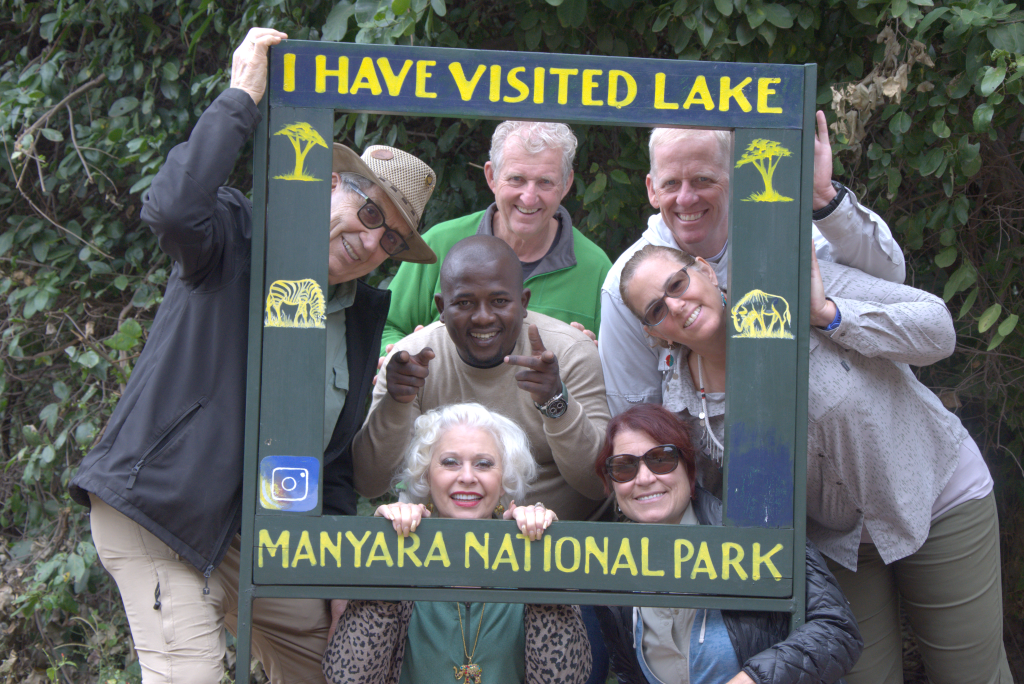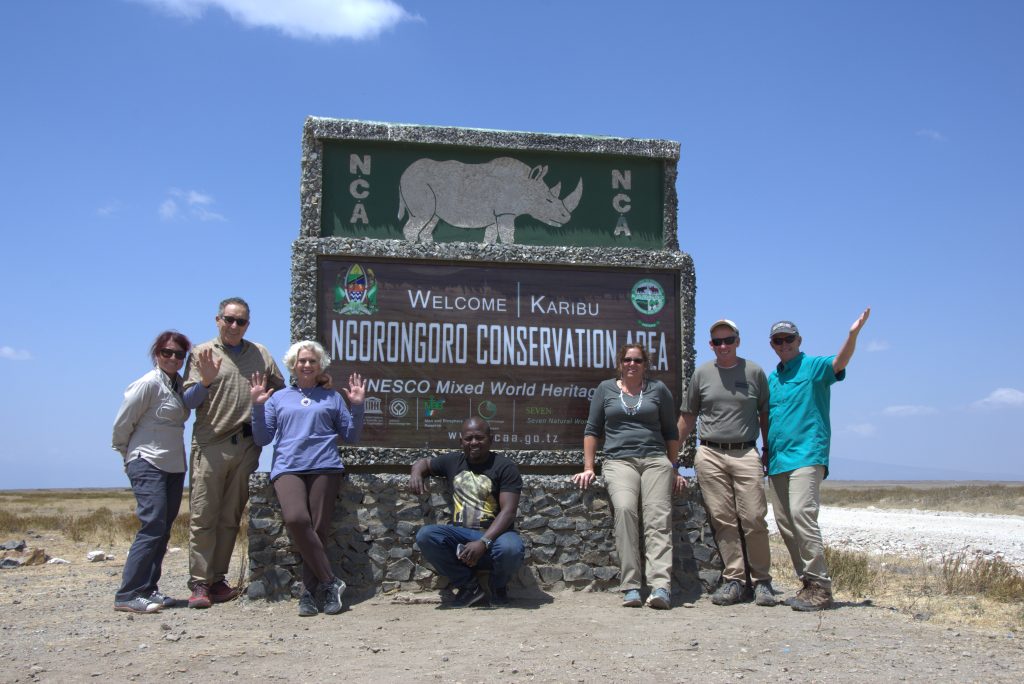Lake Manyara National Park may be one of Tanzania’s smaller parks, but its rich diversity of habitats, stunning landscapes, and unique wildlife experiences make it a must-visit destination. Whether you’re drawn by the promise of seeing tree-climbing lions, watching flamingos on the lake, or exploring lush forests, Lake Manyara offers a rewarding and memorable safari

Lake Manyara National Park A Jewel of Tanzania
Lake Manyara National Park A Jewel of Tanzania
 2024-08-18T18:45:44+00:00
Lake Manyara, Lake Manyara National Park, Tanzania, Tanzania safari, Tanzaniasafaris
2024-08-18T18:45:44+00:00
Lake Manyara, Lake Manyara National Park, Tanzania, Tanzania safari, Tanzaniasafaris


